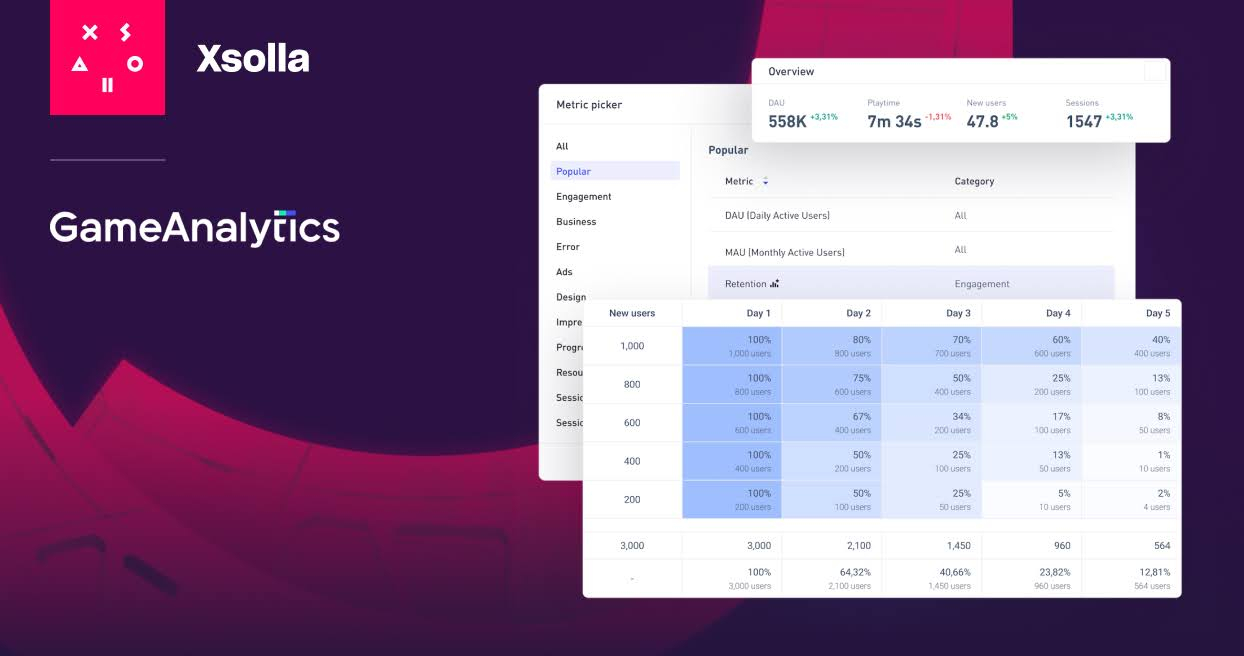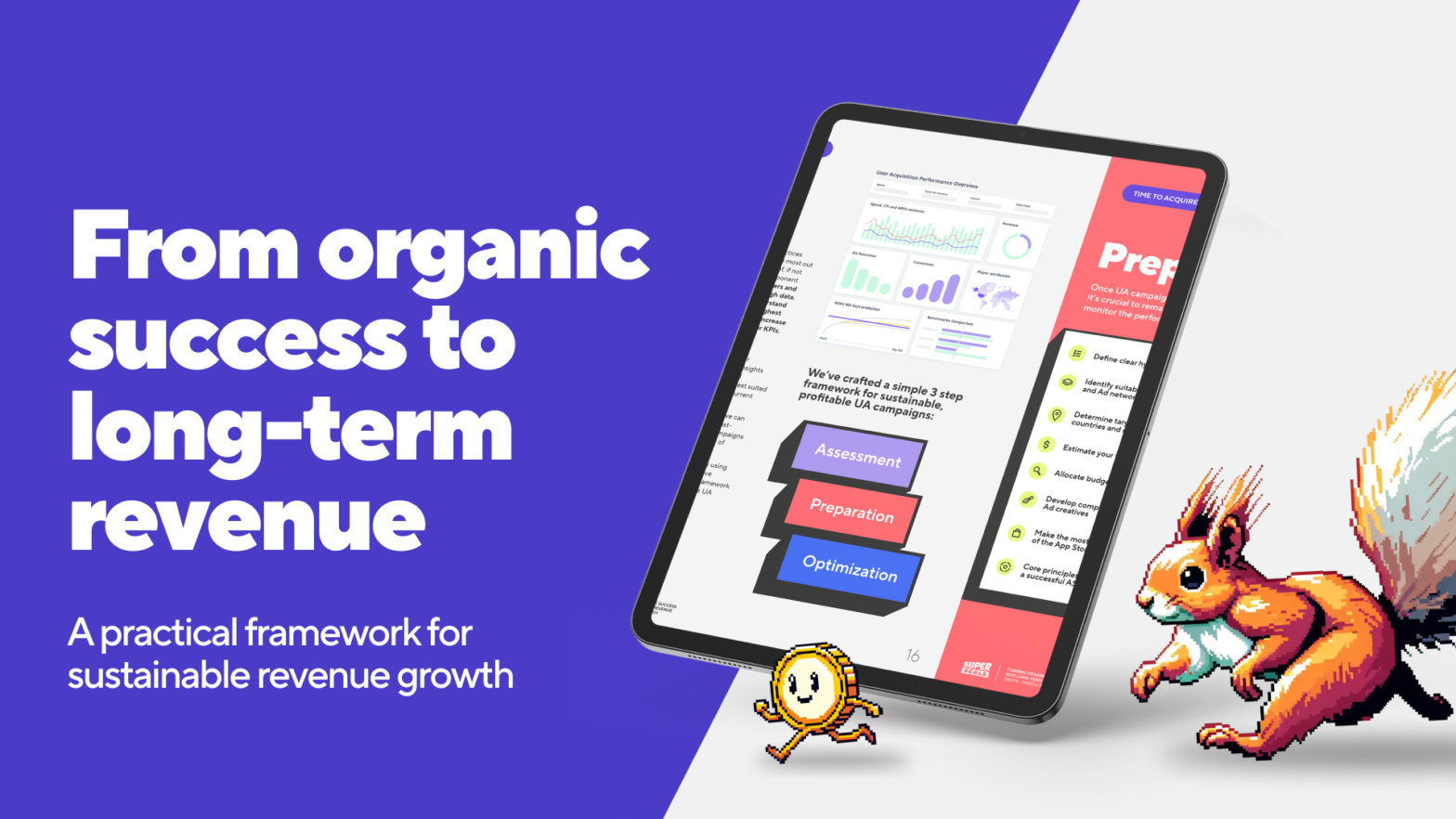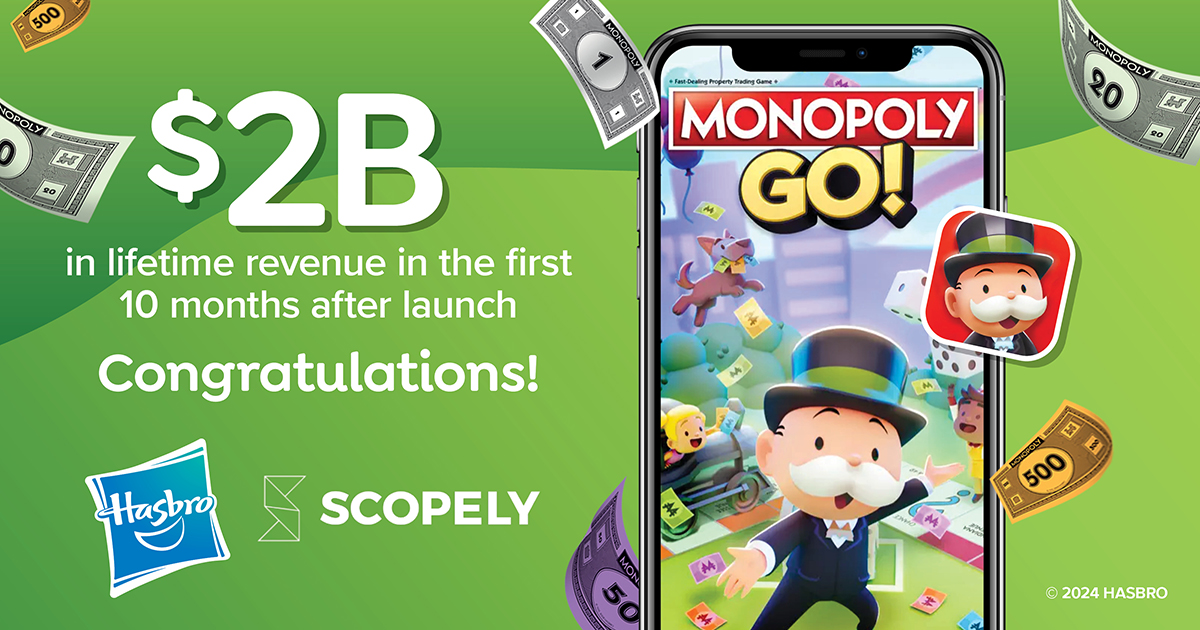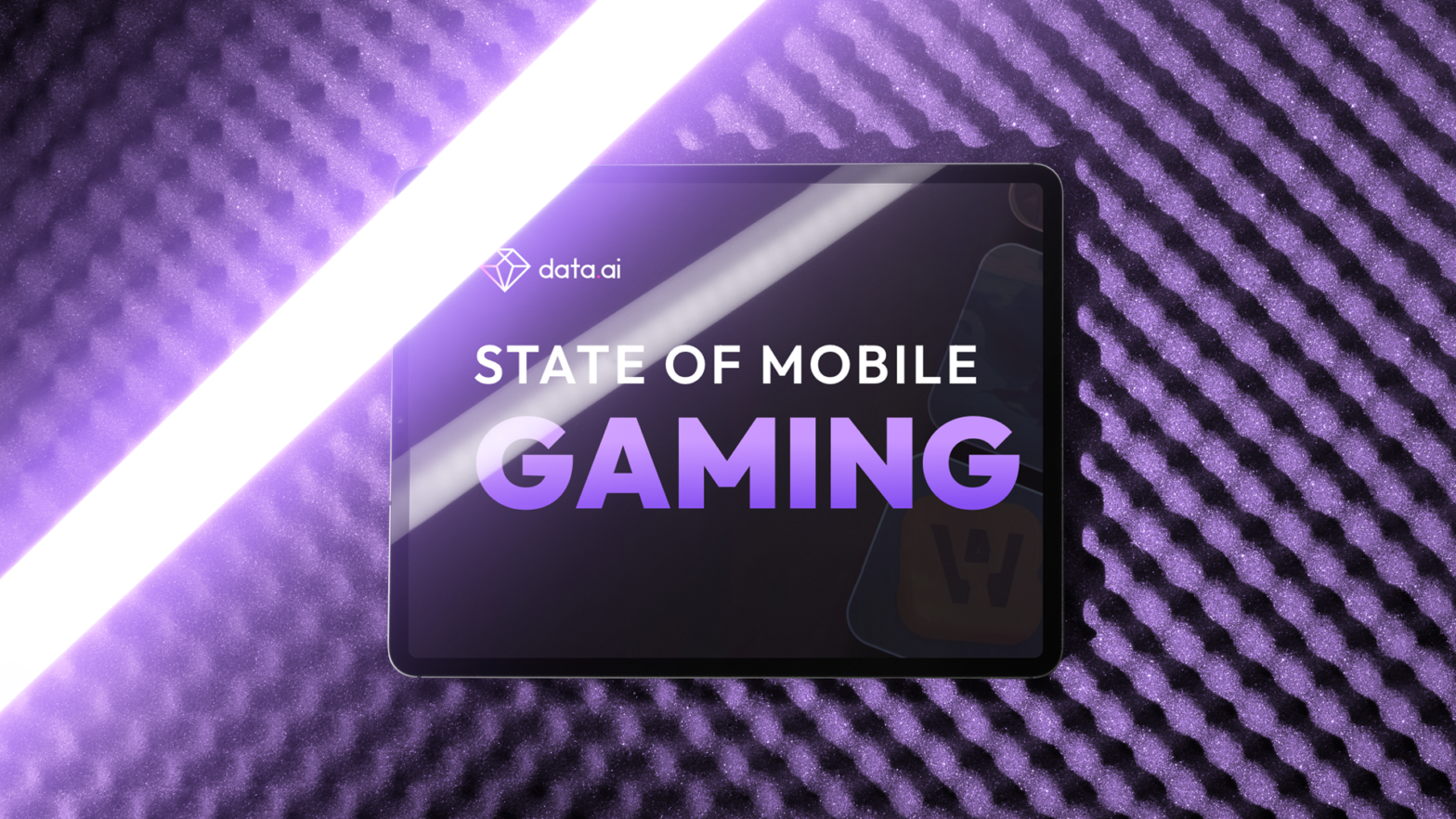Once you take on video game development, you must consider numerous facts. There are so many things to keep in mind and pay attention to. Be ready – it’s not going to be a walkover, but if you put effort into careful planning and development, you will get your long-awaited reward in the end! HitBerry Games has shared an interesting article about the importance of CPI metrics in hyper-casual games.
So, how do you start the development process?
After all the planning and preparation activities are done, the team moves on to the next step, namely prototyping. In simple terms, this means creating a kind of a draft of the future product. A prototype gives an insight into the end product.
Testing, testing, and one more time testing
Yes, checking for bugs is an operation you will need to carry out regularly during the process of development. It does make sense since your main objective is to provide customers with a visually attractive game that runs smoothly.
During prototype testing, your task is to ensure that there is a place for your game in the market, which is, by the way, highly competitive today. Experts specify a few important KPIs to see whether the concept can turn out into a profitable hyper-casual game.
Side note: Pay Per Prototype as insurance for developers
These key performance indicators for revenue and LTV will show you whether the project has positive perspectives or you better go back to the drawing board and start it all over again.

Take a look at the 3 principal KPIs
CPI – does it really matter?
Yes, it does! CPI stands for cost per install. For you to understand it better, these metrics represent the marketability power of your concept. In other words, it predicts how many conversions you will receive. Your goal is to convince users to install your game after seeing the ad.
Low CPI is in the interest of developers and publishers. This cost determines how much money they have to spend on an app installation. Low CPI means that a lot of customers like your idea of the game and install it. As a rule, such games attract users massively immediately, and, obviously, can scale profitably. Currently, the $0.25 – $0.35 CPI is successful for further scale. CPI above $0.50 is considered too high.
Why CPI is especially important when it comes to hyper-casual games?
The reason goes down to the peculiarity of such games. Hyper-casual games have massive addressable markets which all do not differ much. Products are similar. For this very reason, precise targeting is not as important as low CPI here. Why? Because the target audience is anyone who is fond of playing mobile games, regardless of age or income.
What is the role of LTV?
LTV (lifetime value) is the second crucial metric, which is connected with CPI. This one represents the earnings of the company reached during the player’s interaction with the game. Basically, LTV indicates a sum of money a single user can bring you.
How is it related to CPI? It’s simple! Low CPI and high LTV is the best result. The margin between these two indicators is your actual revenue. For example, if player attraction cost (CPI) is $0.30 and LTV is 1$, then $0.70 is what you get as revenue.
Retention rate
The retention metric is not directly connected with the CPI, but it has a significant impact on LTV.
It goes without saying that if you release a game, you always want users to like it, install it, and go back to it all the time. This metric shows how many times players launch your game app after the installation, and how interesting and attractive the game is for them. The more time users spend playing your game – the more ads they can see, so the more money you earn.
38% and higher is considered a good retention rate for Android apps. Providing you had a high CPI at the beginning, but the retention rate turned out to be good enough, it could change everything. In this case, your LTV is high and earnings could reach above the player’s attraction costs.

What if the CPI is ok, but the game shows low retention? It is not the end of the world. You still can change the situation and reach positive results. What you should do is to locate the problem first of all, and then try to fix it. Here are a few common problems that may lead to low retention and abscence of the player’s satisfaction:
- Critical bugs
- Confusing controls
- Visuals
- Empty core mechanics
- Lack of tutorials or tips
- It takes users too long to complete a level
- Lack of the Ads Watch and Play Time balance
- Optimization issues
However, these are the things you can try to fix, and then observe what changes they will lead to.
Being on the prototyping stage, you can go back to the drawing board, again and again, to polish the initial concept so that you are finally sure your project has great potential. Remember, that it’s not the only way out to shut down the whole project once it fails the prototype testing. Brainstorm and keep on working. If you take time and pay proper attention to this part of the hyper-casual game development process, you are more likely to deliver a hit in the end. A hit, that will bring you a good deal of money.
In HitBerry Games know everything about hyper-casual game development. The company brings together experienced and high-skilled developers.

3,028













 4 minutes
4 minutes







 2 minutes
2 minutes
